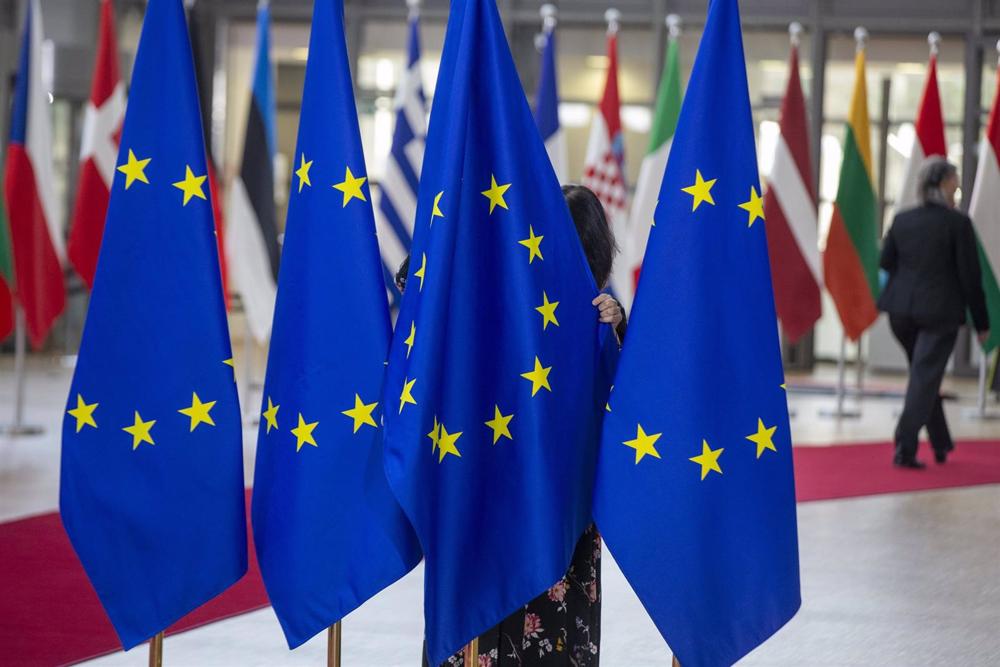
The European Parliament and the Council have reached an agreement to create a European Union (EU) Border Carbon Emissions Adjustment Mechanism that would impose a levy to fight climate change, prevent carbon leakage and incentivize non-EU countries to increase their climate ambition.
On the product side, it concerns the most carbon-intensive sectors: steel, cement, fertilizers, aluminum, electricity and hydrogen, as well as some precursors and a limited number of downstream products. Indirect emissions would also be included in the regulation in a delimited manner.
According to the provisional agreement, the mechanism will start operating from October 2023 onwards and will initially be applied in a simplified manner with reporting obligations only.
The aim is to collect data in order to activate the full mechanism thereafter, which would be phased in gradually, in parallel with the phasing out of free allowances, once it starts under the revised EU Emissions Trading Scheme (ETS) for the sectors concerned.
This partial agreement is dependent on an agreement on the reform of the EU ETS. The Parliament and the Council will have to formally approve the agreement before the new law can enter into force. The new law will enter into force 20 days after its publication in the EU Official Journal.






